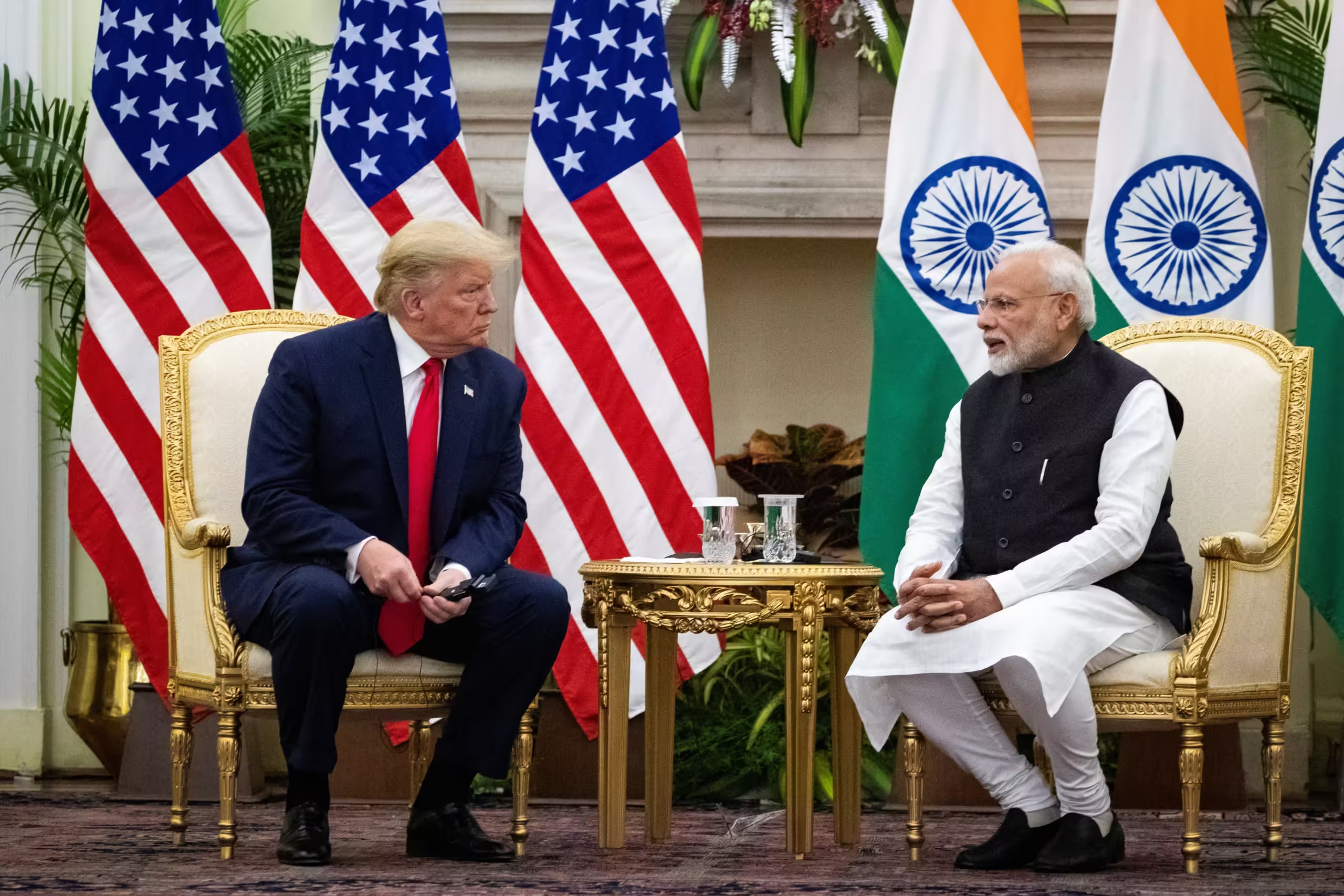The recent proposition by the US President to sell F-35 fighter jets to India during Prime Minister Modi’s visit has ignited a global debate. Proponents hail the F-35 as a state-of-the-art asset that would significantly bolster the Indian Air Force (IAF) against perceived threats from China and Pakistan. Conversely, critics argue that the F-35 is technologically outdated, exorbitantly expensive to maintain, and challenging to integrate into the IAF’s existing infrastructure. This blog delves into a comprehensive analysis of the F-35, its capabilities, potential drawbacks, and how China and Pakistan might counter its deployment.
The F-35: A Fifth-Generation Marvel?
The Lockheed Martin F-35 Lightning II is marketed as a fifth-generation stealth fighter, combining advanced sensor fusion, network connectivity, and multirole capabilities within a supersonic, highly maneuverable airframe38. Its key features include:
- Stealth Technology: Designed with radar-absorbing materials and a low radar cross-section, the F-35 aims to complicate an adversary’s ability to detect and target it3.
- Sensor Fusion: The F-35 integrates data from multiple sensors to provide pilots with a comprehensive situational awareness picture3.
- Multirole Capabilities: Capable of both air superiority and strike missions, as well as electronic warfare and intelligence, surveillance, and reconnaissance (ISR) roles2.
- Network Connectivity: The F-35 is designed to seamlessly connect with other systems, enabling joint all-domain operations3.
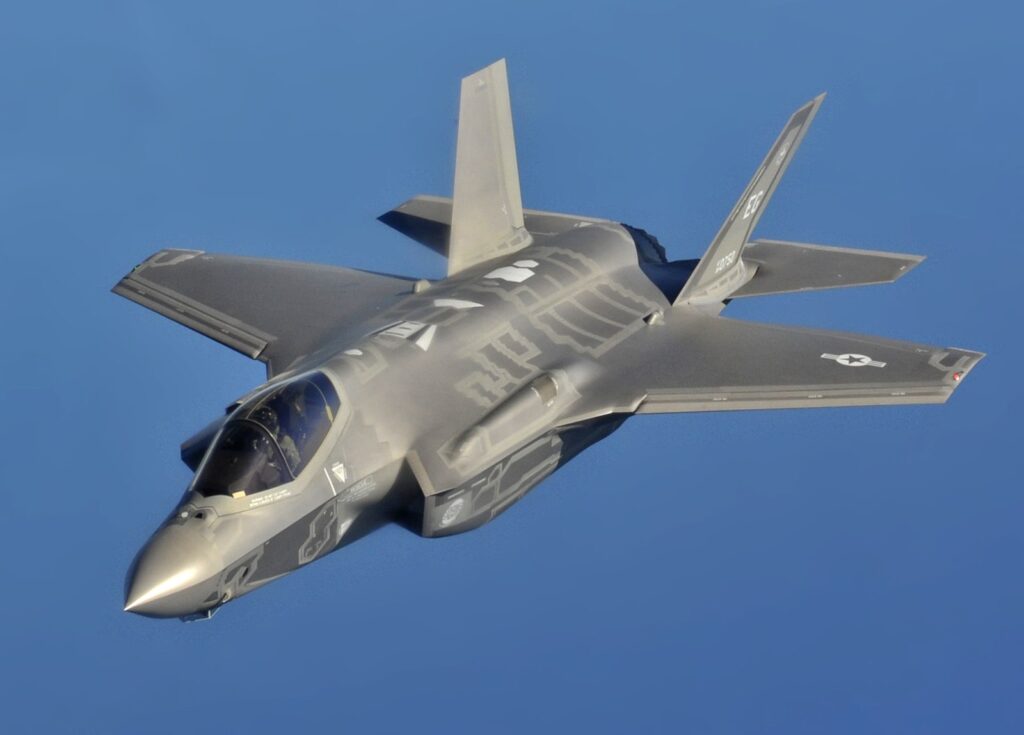
Lockheed Martin claims the F-35 redefines air dominance, delivering an unrivaled advantage to America and its allies3. They emphasize its role as the most advanced and connected fighter jet in the world, increasing pilot survivability and ensuring that the U.S. and allied nations stay ahead of every threat3. The aircraft has a top speed of Mach 1.6 and good subsonic acceleration, with supersonic dash capabilities25.
Concerns and Criticisms
Despite its advanced capabilities, the F-35 program has faced significant criticism and challenges:
- Developmental Delays and Technical Issues: The F-35 program has been plagued by delays, software glitches, and cybersecurity flaws1. The “Block 4” development and operational testing have highlighted critical issues that have hindered the program’s effectiveness and operational suitability1.
- Operational Readiness: The F-35’s operational readiness rates have been a cause for concern. Reports indicate that the F-35 fleet’s average availability stood at 51%, far below the 65% target1.
- Maintenance and Reliability: Critical reliability and maintainability metrics are unmet, particularly for the F-35C, which failed to achieve any Operational Requirements Document (ORD) thresholds1. Corrective maintenance times exceeding thresholds significantly impact the F-35A and F-35B1. Rising Not Mission Capable for Supply (NMC-S) rates indicate worsening logistics, compounded by persistent software instability and shortages in engine parts1.
- Cost: The F-35 program is one of the most expensive military projects in history, with a price tag of approximately $80M – $115M per unit5. The high cost of acquisition and maintenance raises questions about its cost-effectiveness3.
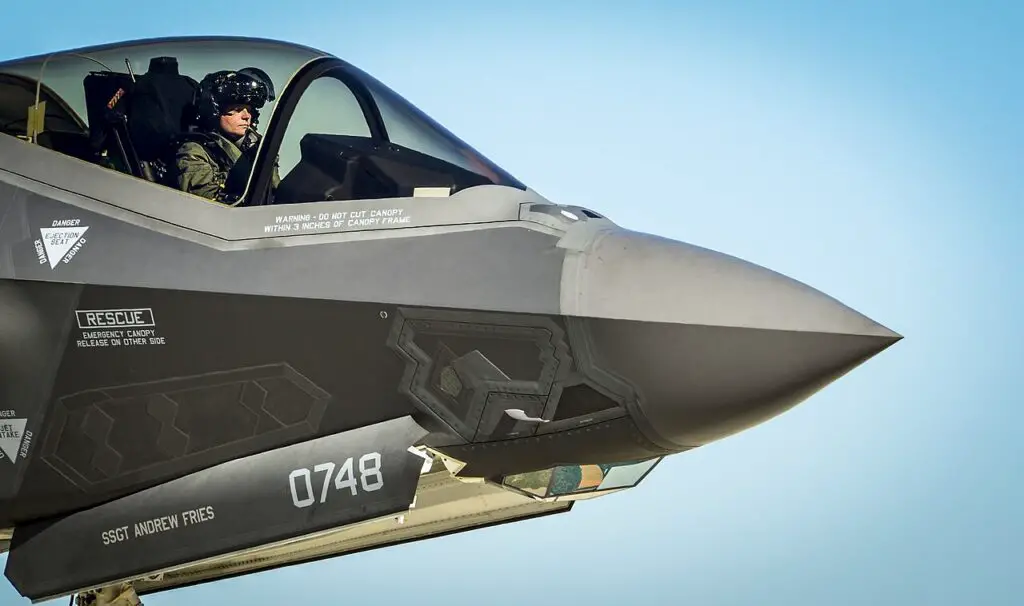
Integration Challenges for the IAF
Integrating the F-35 into the Indian Air Force poses unique challenges:
- Infrastructure Compatibility: The IAF operates a mix of Russian, French, and indigenous aircraft. Integrating the F-35, with its proprietary U.S. technology, may require significant modifications to existing infrastructure and training programs.
- Data Integration: Seamlessly integrating the F-35’s sensor data with the IAF’s existing air defense systems and command-and-control networks could be complex and time-consuming.
- Maintenance and Logistics: Establishing a reliable supply chain for F-35 components and maintenance services may be challenging, given the geopolitical dynamics and potential restrictions on technology transfer.
- Training: Indian pilots and maintenance personnel would require extensive training to operate and maintain the F-35 effectively, which could strain resources.
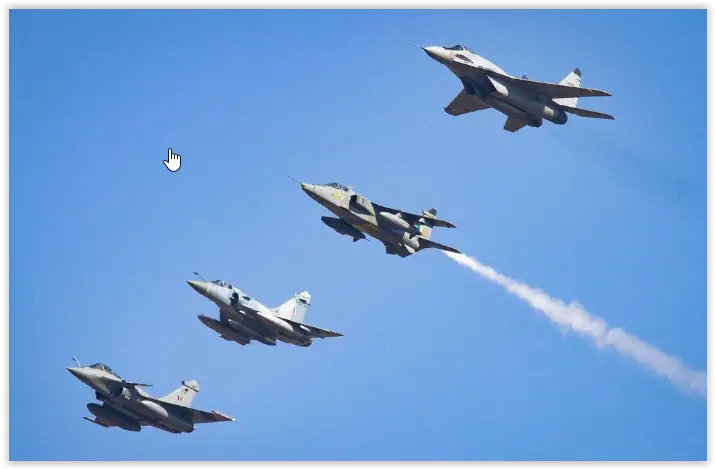
How China and Pakistan Could Counter the F-35
While the F-35 presents a formidable challenge, China and Pakistan have several potential strategies to counter its deployment by the IAF:
1. Technological Advancements
- Chinese J-20 Stealth Fighter: China is actively developing and deploying its own fifth-generation stealth fighter, the J-20. Some reports suggest that the J-20 has integrated more stable software, and its development seems to be progressing with few signs of any issues1. Increased production of the J-20 could offset the F-35 advantage4.
- Advanced Air Defense Systems: China and Pakistan have invested heavily in advanced air defense systems, such as the Chinese HQ-9 and Pakistani LY-80, which are designed to detect and engage stealth aircraft.
- Electronic Warfare Capabilities: Developing and deploying advanced electronic warfare (EW) systems could disrupt the F-35’s sensors and communication, reducing its effectiveness.
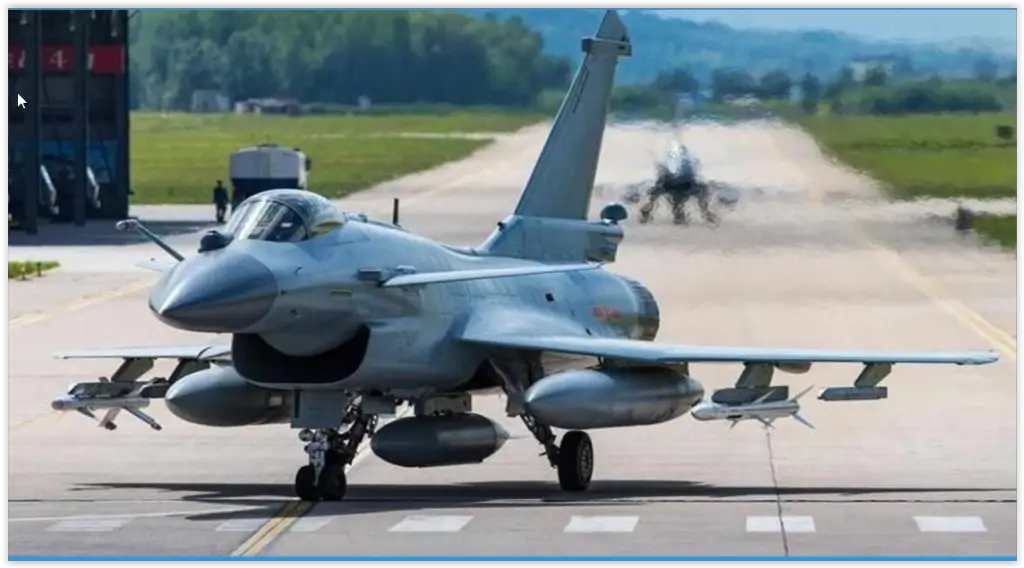
2. Doctrine and Tactics
- Integrated Air Defense Networks: China and Pakistan can improve their integrated air defense networks, combining radar systems, EW capabilities, and surface-to-air missiles (SAMs) to create a layered defense.
- Asymmetric Warfare: Emphasizing asymmetric warfare tactics, such as the use of drones, cruise missiles, and cyber warfare, can challenge the F-35’s dominance in traditional air combat scenarios.
- Manned-Unmanned Teaming: China and Pakistan could invest in manned-unmanned teaming concepts, where manned fighters work in concert with unmanned aerial vehicles (UAVs) to enhance situational awareness and strike capabilities.
3. Economic and Diplomatic Strategies
- Economic Influence: Leveraging economic ties with countries that may be hesitant to sell advanced military technology to India could limit the IAF’s access to crucial upgrades and components for the F-35.
- Diplomatic Pressure: Engaging in diplomatic efforts to dissuade countries from supporting India’s acquisition of the F-35 could create obstacles and delay its deployment.
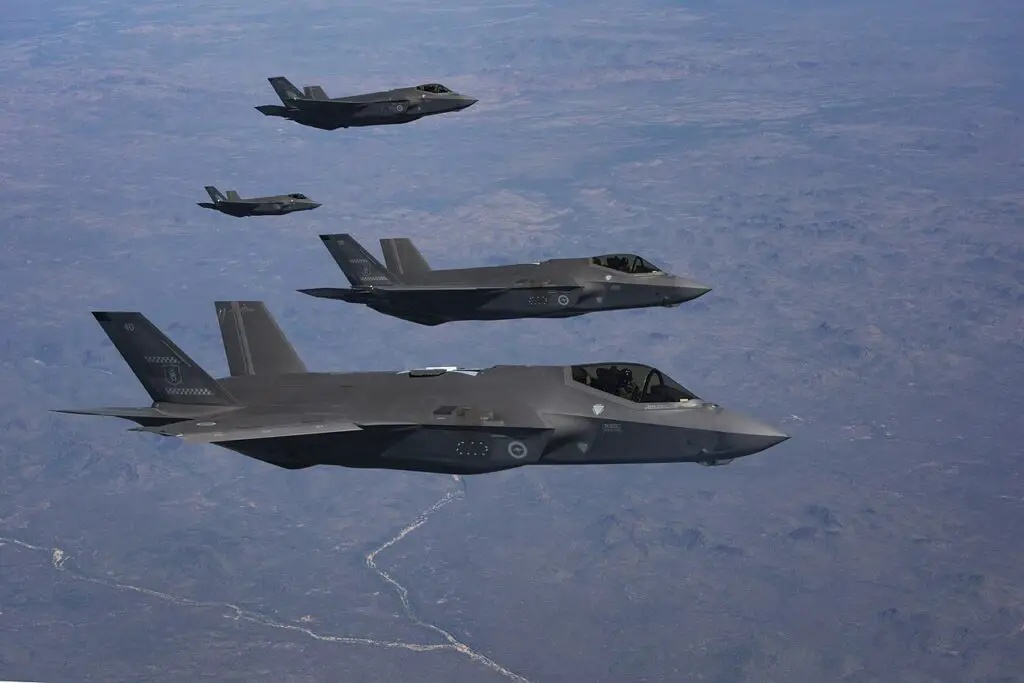
4. Training and Simulation
- Realistic Training Scenarios: China and Pakistan can develop realistic training scenarios that simulate the F-35’s capabilities and tactics, allowing their pilots to prepare for potential encounters.
- Advanced Simulation: Investing in advanced simulation technologies can help develop counter-strategies and tactics against the F-35 without the need for real-world engagements.
5. Cyber Warfare
- Cyber Attacks: Launching cyber attacks against the F-35’s network and support infrastructure could disrupt its operations and compromise its data integrity.
Alternative Perspectives
It is also worth noting that some analysts argue the F-35’s effectiveness could be enhanced through manned-unmanned teaming, where the F-35 can control multiple drones4. This strategy could be crucial for the Air Force’s Collaborative Combat Aircraft program, and may lead to classified advancements in manned-unmanned teaming with platforms like the F-224. However, there are also concerns about the F-35’s vulnerabilities to cyber warfare and the stability of its software1.
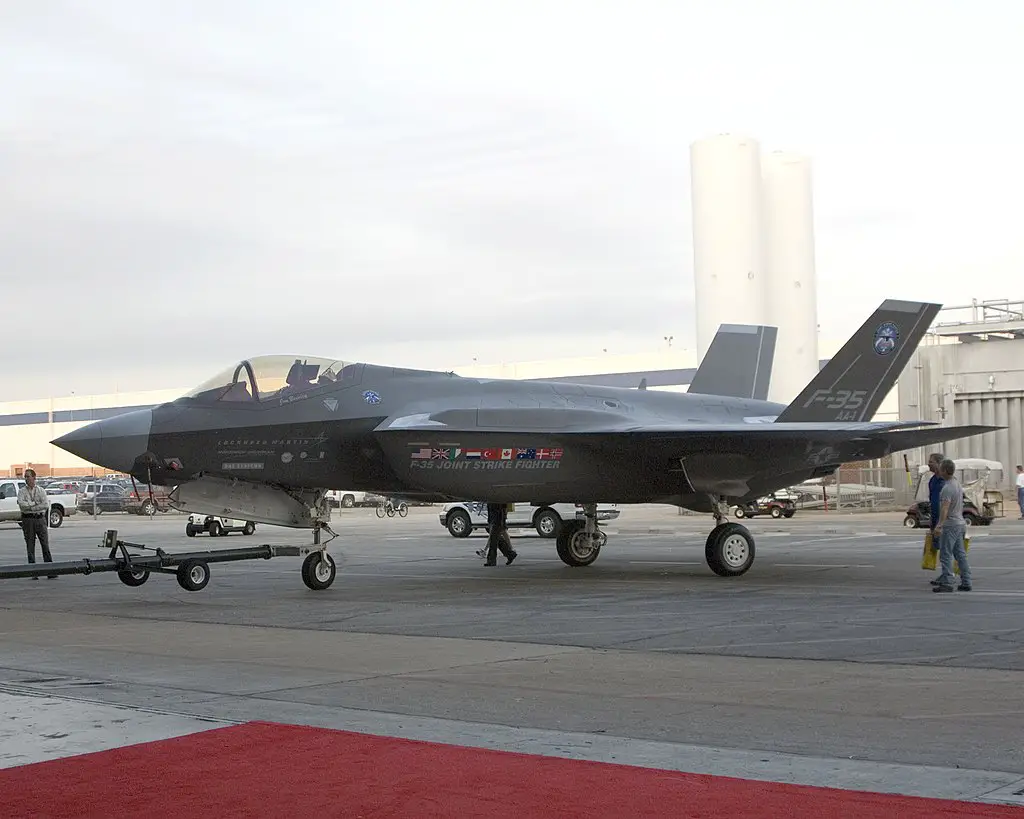
Conclusion
The potential acquisition of F-35 fighter jets by India represents a complex equation with numerous factors influencing its ultimate impact. While the F-35 boasts advanced stealth capabilities, sensor fusion, and multirole functionality, its high cost, developmental challenges, and integration complexities cannot be ignored.
For China and Pakistan, countering the F-35 requires a multifaceted approach encompassing technological advancements, doctrinal adaptations, economic strategies, and diplomatic engagements. By investing in indigenous stealth technology, advanced air defense systems, and asymmetric warfare capabilities, both nations can mitigate the potential threat posed by the F-35.
Ultimately, the F-35’s true value to the IAF will depend on how effectively India addresses the integration challenges and leverages the aircraft’s capabilities within its broader strategic framework. Whether it becomes a game-changer or a costly relic remains to be seen, but the debate surrounding its deployment underscores the ever-evolving dynamics of military technology and geopolitical competition in the region.

